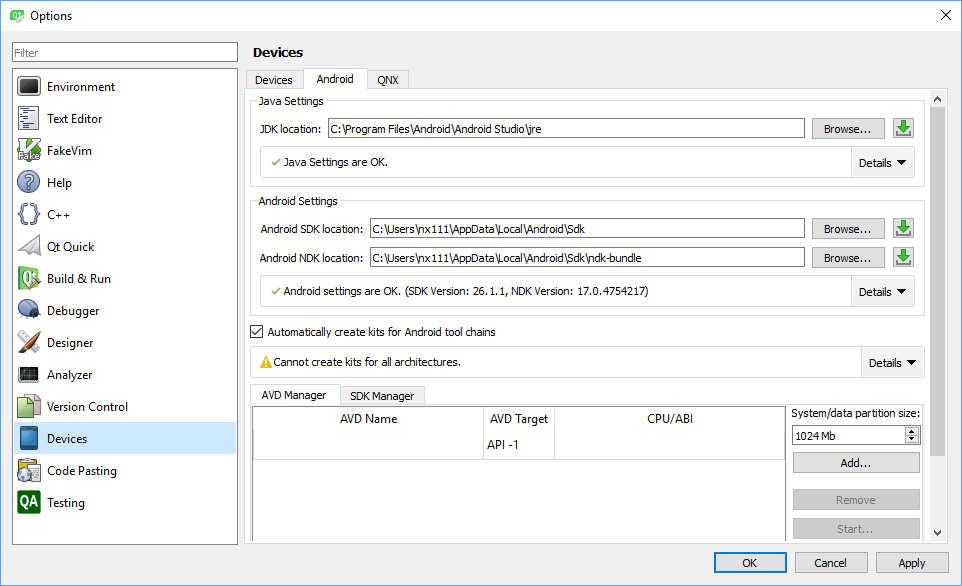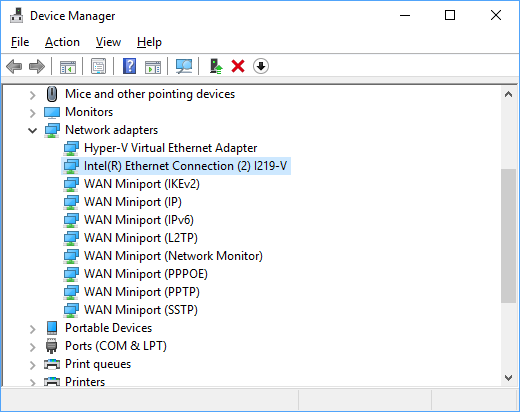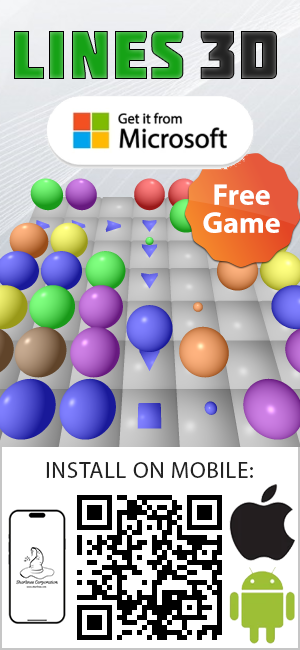If in some Visual Studio solution a .NET project references a C++ project that implements a COM server then the following command can be used in Post-Build Event of the C++ project to generate .NET wrapper for COM:
"$(TargetFrameworkSDKToolsDirectory)tlbimp.exe" "$(TargetPath)" /verbose /strictref /asmversion=$(Version) /out:"$(TargetDir)$(TargetName)Lib.dll"
In VS2015 by default this command will generate .NET 4.0 assembly. To generate .NET 2.0 assembly, the following command can be used:
"C:\Program Files (x86)\Microsoft SDKs\Windows\v7.0A\Bin\TlbImp.exe" "$(TargetPath)" /verbose /strictref /asmversion=$(Version) /out:"$(TargetDir)$(TargetName)Lib.dll"
I am not sure that changing TargetFrameworkVersion attribute in PropertyGroup Label=”Globals” element of the project file can help here, so it is not clear how to get rid of absolute path.
Also it is impossible to add a reference to a TLB or EXE file to .NET assembly, so using TLB generated by MIDL directly is not an option (MIDL->Output page of C++ project using $(OutDir)$(TargetName).tlb as Type Library name).


